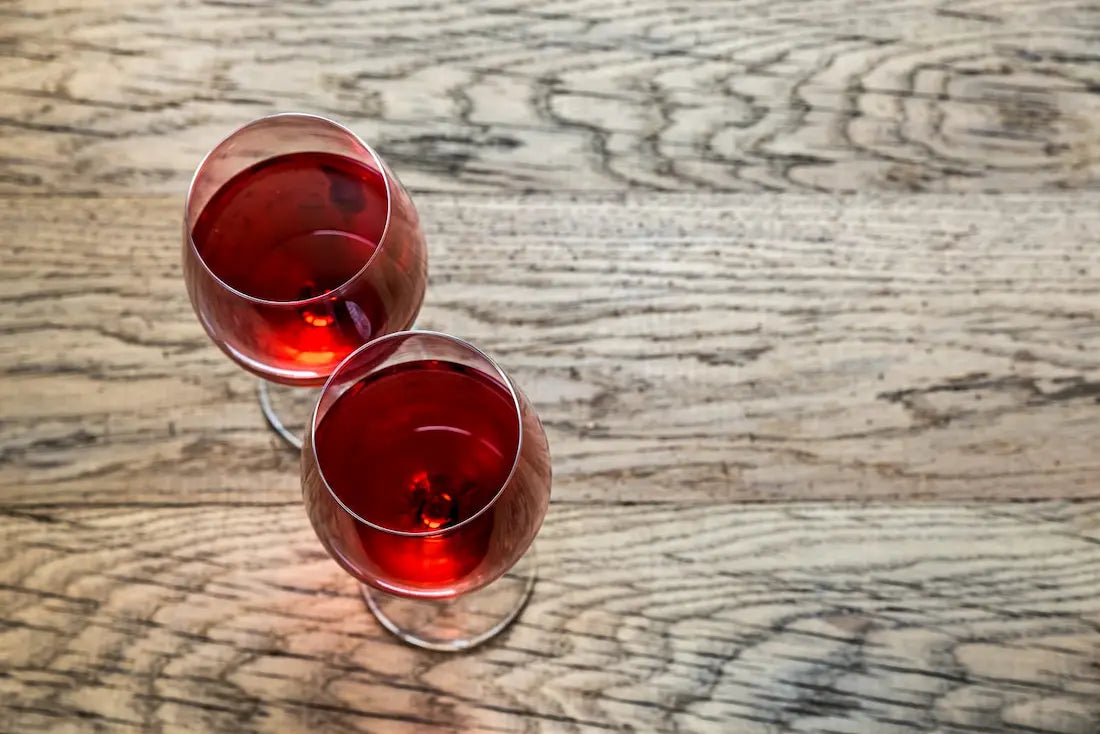Rosé wine has come a long way from being seen as a novelty. These days, it’s one of the most enjoyed and versatile wine styles around. It’s light, refreshing, and full of character. Whether dry or just slightly sweet, rosé offers something for every palate. It’s a wine that’s as comfortable at a picnic or barbecue as it is at a more refined dinner table.
How rosé wine is made
Rosé gets its colour from red grapes, but unlike red wine, it spends only a short time in contact with the skins. This process, known as maceration, gives the wine its pink hue and lighter tannins. Depending on how long the juice stays with the skins (anywhere from a couple of hours to a day) the colour can range from pale salmon to vibrant rose. Some winemakers use the saignée method, drawing juice from red wine fermentation to create rosé. Others, though rarely in quality regions, may blend red and white wine, though this is generally frowned upon and often not permitted.
Grape varieties used in rosé
Rosé isn’t tied to one specific grape. Popular varieties include Grenache, Syrah, Mourvèdre, Pinot Noir, and Sangiovese. Each brings its own character. Grenache gives generous red fruit, Syrah brings spice, and Pinot Noir adds elegance. In France, Provence rosé is the benchmark: light, dry, and aromatic. In Australia, bolder styles are common, with fuller fruit profiles and vibrant acidity.
What does rosé taste like?
Rosé typically offers bright notes of strawberry, watermelon, raspberry, citrus, and sometimes floral or herbal touches. Most styles are dry or off-dry, with a crisp, refreshing acidity that makes them very food-friendly. You'll find some fuller-bodied rosés with a bit more grip and structure, too, which is great for those who enjoy more texture in their wine.
When to drink rosé
There’s no wrong time for rosé. While it’s often associated with warmer months, its versatility makes it ideal all year round. It’s brilliant with seafood, charcuterie, grilled vegetables, and spicy dishes. Serve it chilled and enjoy it on its own or alongside food. It rarely feels out of place.
Is rosé wine worth cellaring?
Generally, rosé is meant to be enjoyed young, when its fruit and freshness are at their peak. However, a few styles like Bandol rosé or high-quality examples from Tavel—can develop more complexity with a couple of years in bottle. If you’re unsure whether a rosé is worth holding onto, Nick and Tristan are always happy to provide guidance.

